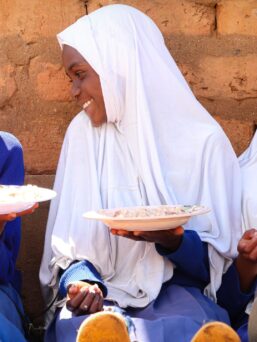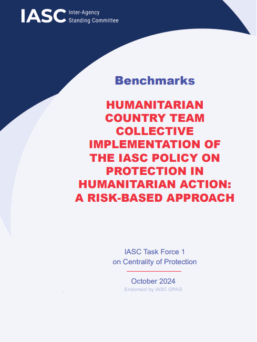Due to a range of competing priorities and cultural norms, household violence against women (VAW) and violence against children (VAC) in humanitarian situations are often not given the attention they deserve. Gender based violence (GBV) and child protection interventions in humanitarian contexts are primarily focused on preventing threats by external actors (armed groups and humanitarian actors) and frequently tend to overlook the negative unintended outcomes that the interventions might have at the household level. The main objective of this review is to use a holistic lens to draw on best practices that have been used in humanitarian context which might be applicable to household violence prevention. The paper reviewed a total of 43 interventions and puts forward a set of recommendations that are pertinent to RBP in the field of household violence prevention in humanitarian settings. Namely:
- Interventions designed to protect and prevent VAW & VAC need to take into consideration multiple actors in the family (children, intimate partners, in-laws, etc.) to better understand local family dynamic and living arrangements;
- Humanitarian practitioners need to continuously analyze the specialized needs within the family as the intervention might have different effects on to each affected member within the family. Continuous analysis of the situation can help practitioners understand and mitigate the negative unintended consequences of intervention ahead of time and capture positive spillover;
- There is a clear need for better knowledge management and information sharing among humanitarian actors, as this helps to avoid repetition of ineffective interventions and inform work in other settings.



